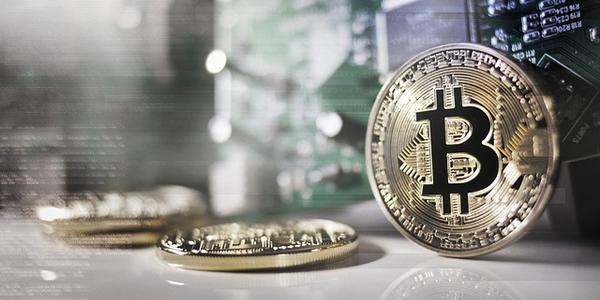As we hurtle toward the quarter-mark of the 21st century, it is impossible to ignore the profound impact that global digital migration has had on our lives. From online shopping to social media, numerous aspects of modern society are now conducted either partially or entirely online.
Global Digitalization Trends
According to recent statistics, the global average internet penetration stands at approximately 67.5%. Meanwhile, in the European Union, a staggering 93.1% of households have access to the internet. The pace of digitalization seems to be accelerating rather than slowing down and is now hurtling toward its next major milestone: Web3.
The Uneven Power Balance
While Web3 promises numerous benefits, it also raises significant concerns and unanswered questions – with one of the primary issues being the imbalance of power between creators and consumers. Although initially designed to be decentralized, many current protocols are often exploitative or manipulative, consisting of pump-and-dump schemes at best, and outright scams and frauds at worst.
The Risks of Web3
In the United States alone, a staggering $5.6 billion was stolen from investors through cryptocurrency scams in 2023. Power is becoming increasingly concentrated among a select few creators, leaving only one viable solution: giving strength back to the many.
To facilitate decentralized governance and ensure a safe, equitable transition to Web3, we need tools built on the blockchain that democratize digital society and enable collective decision-making among general populations – mirroring real-life social behavior. Memecoins, also known as ‘community’ or ‘culture’ coins, hold immense potential in this regard.
Memecoins: A Key Tool for Decentralized Governance
Although memecoins frequently lack traditional utility, they are designed to serve the communities from which they emerge. However, they remain susceptible to manipulative pump-and-dump projects in their current forms – a phenomenon that has caused harm to most coin holders while benefiting select insiders privy to exclusive information surrounding the memecoin cycle.
The Unsustainable Power Dynamic
Events like these have been fueled by a messianic leader and their flock, but this power dynamic is unsustainable and contradicts the very principles of crypto: giving people a voice in governance. Overcoming crypto manipulation requires developing memecoins underpinned by community-empowering infrastructures – including decentralized autonomous organizations (DAOs).
The Role of DAOs
Combining a DAO with a meme/community coin means that holders of the coin have built-in rights to collectively govern within the remit of the DAO. Only those with a stake in the memecoin possess such privileges, ensuring that their interests are placed at the center of voting and governance systems. The community’s development and growth mirror the community’s development and growth – an innovative concept that is changing the face of decentralized finance.
Uniswap DAO: A Model for Community-Driven Governance
The Uniswap DAO has been working toward expanding its $6 billion treasury, using its DAO to vote on what it should do with the capital. Although this technology currently has a novel use case, its application also holds the power to transform how we view money and who can access it.
Redefining the State of Crypto and Finance
Whether it be a small group of African entrepreneurs seeking to build a liquidity pool or residents in Ohio raising funds for a school, digitally administered democracy is the global breakthrough that will redefine the current state of crypto and finance. This momentum and support will only continue under US President-elect Donald Trump’s administration.
The Future of Web3: A Call to Action
Web3 has the potential to transform everyday life and is developing rapidly – but in its current form, it risks abuse by a small number of malicious creators. We must proceed cautiously to protect Web3 and ensure it delivers on the promise of decentralized finance and governance. The best option is to take measured steps to develop community-driven infrastructures and systems like community coins.
Conclusion
It is time for the industry to give power back to the community. As blockchain developers, we have a responsibility to create tools that empower people rather than exploit them. By working together, we can ensure that Web3 delivers on its promise of decentralized governance and finance – creating a more equitable and democratic digital society.
About the Author
Zach Burks is a blockchain developer and the CEO of Mintable. Zach collaborated with the Ethereum Foundation on improving ERC-721 and is the author of ERC-2981.
Disclaimer
This article is for general information purposes only and should not be taken as legal or investment advice. The views, thoughts, and opinions expressed here are the author’s alone and do not necessarily reflect or represent the views and opinions of Cointelegraph.
Explore More Articles Like This
Subscribe to our Crypto Biz newsletter for a weekly snapshot of key trends and insights in the crypto market.
By subscribing, you agree to our Terms of Service and Privacy Policy.











